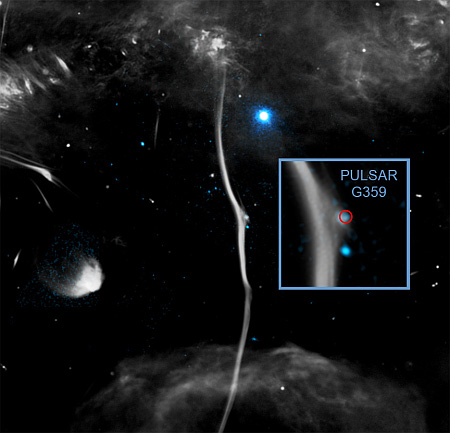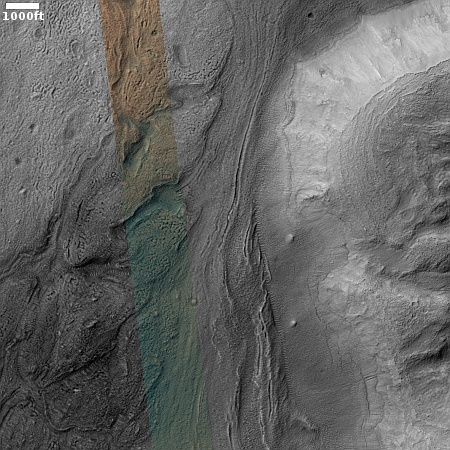May 1, 2025 Quick space links
Courtesy of BtB’s stringer Jay. This post is also an open thread. I welcome my readers to post any comments or additional links relating to any space issues, even if unrelated to the links below.
- Claiming budget uncertainty, NASA delays by a year deadline for relatively small astrophysics mission proposals
There are budget uncertainties, but I have no doubt this decision is mostly aimed at ginning up opposition to any cuts at NASA at all. It’s an old NASA tactic: Threaten cuts in a broad indiscriminate manner to get Congress and the President to retreat from any cuts. Today’s specific decision tells me we really need a new hard-nosed administrator at NASA who won’t let lower management play these games. Whether Isaacman is that man however remains unknown.
- Rocket startup Stoke Space touts static fire tests of two of its engines, both running above 100%
The company had hoped to do its first launch this year, but that will likely slip to 2026, mostly because of environmental red tape at its launch site in Florida.
- India’s space agency touts its astronaut flying on the fourth Axiom tourist mission to ISS
Launch is now scheduled for May 29, 2025.
Courtesy of BtB’s stringer Jay. This post is also an open thread. I welcome my readers to post any comments or additional links relating to any space issues, even if unrelated to the links below.
- Claiming budget uncertainty, NASA delays by a year deadline for relatively small astrophysics mission proposals
There are budget uncertainties, but I have no doubt this decision is mostly aimed at ginning up opposition to any cuts at NASA at all. It’s an old NASA tactic: Threaten cuts in a broad indiscriminate manner to get Congress and the President to retreat from any cuts. Today’s specific decision tells me we really need a new hard-nosed administrator at NASA who won’t let lower management play these games. Whether Isaacman is that man however remains unknown.
- Rocket startup Stoke Space touts static fire tests of two of its engines, both running above 100%
The company had hoped to do its first launch this year, but that will likely slip to 2026, mostly because of environmental red tape at its launch site in Florida.
- India’s space agency touts its astronaut flying on the fourth Axiom tourist mission to ISS
Launch is now scheduled for May 29, 2025.










